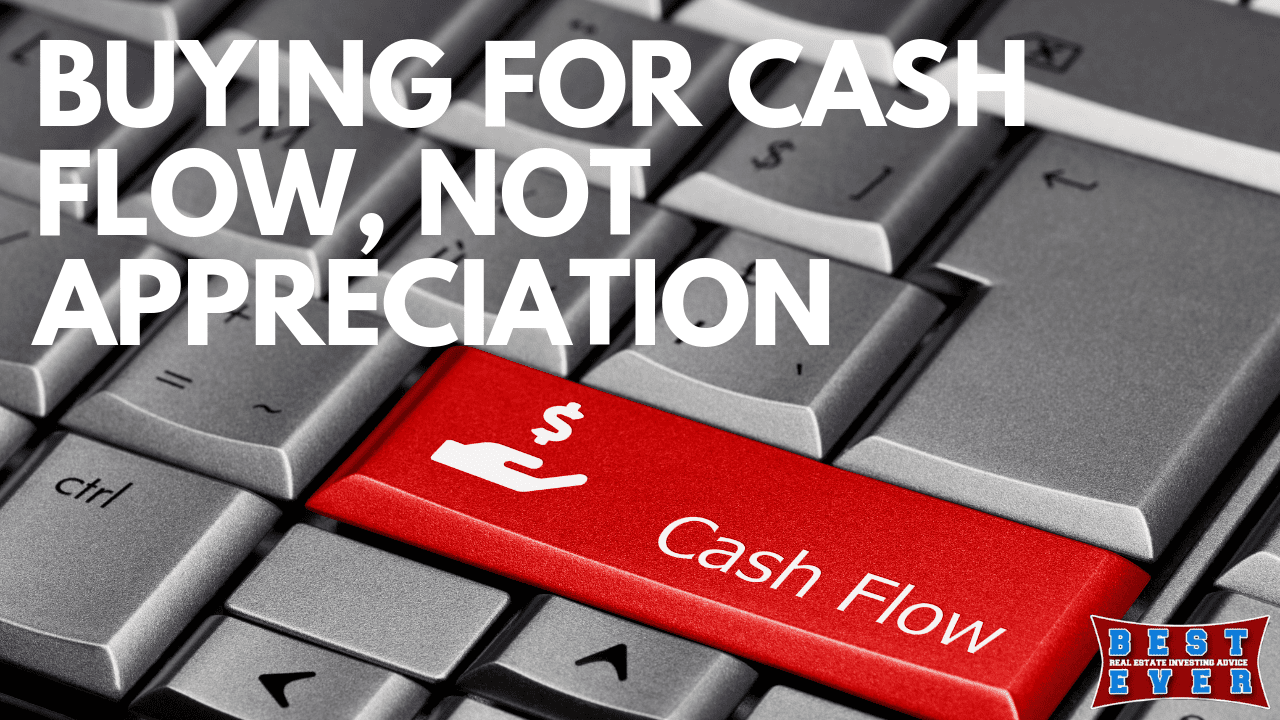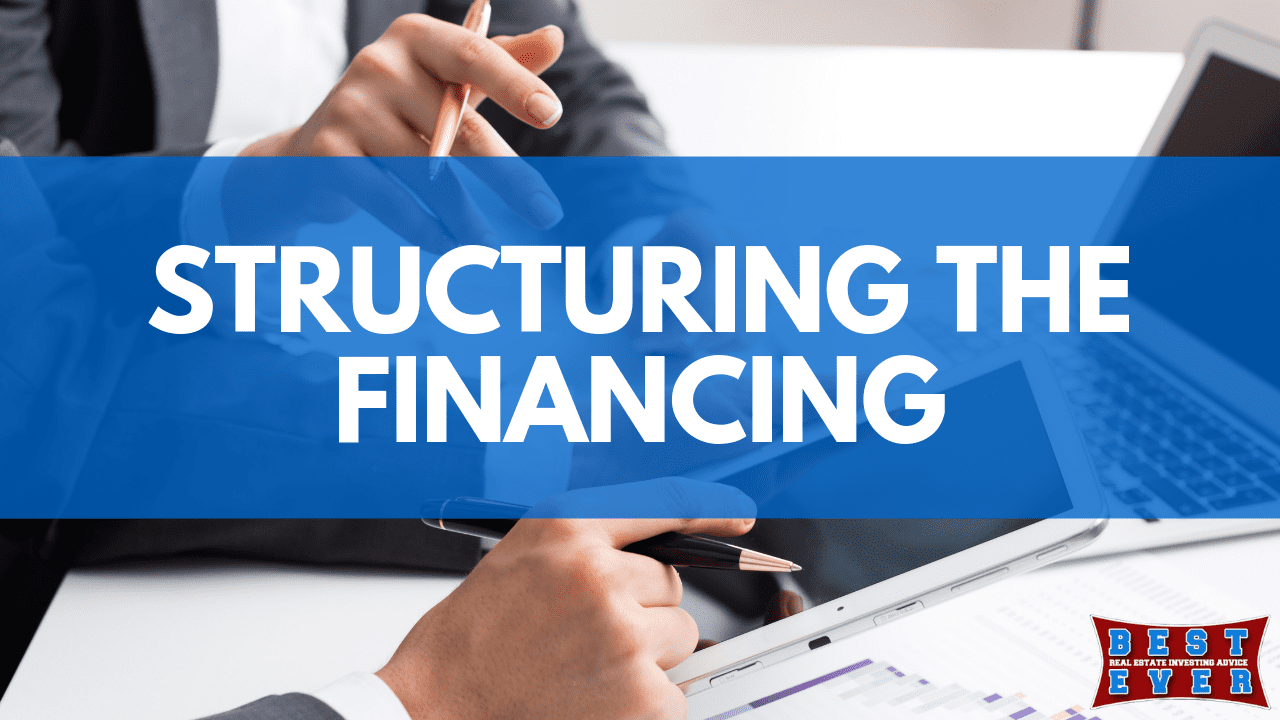Currently, the US and majority of the world is in one of the longest economic expansions ever. G.D.P. in United States only has been growing for 121 straight months, breaking the record of 120 months of economic growth set between March 1991 and March 2001. Good news for the multifamily sector, housing demand remains strong and vacancy rates are still trending below historical levels.
While many markets have experienced staggering rent growth, underwriting for new acquisitions can't be predicated on unsustainable metrics. Underwriting should rely on historical norms for rent growth and other variable projections to help create a responsible baseline. It is still critical to understand the downside risks to assure an investment can withstand unanticipated pressures and allow for the proper upfront structuring options needed to provide future flexibility, that's why in the underwriting process you should consider these couple things. 
Buying For Cash flow, Not Appreciation
Quick example here, if you bought almost any property in 2011-2016, and if you have made many make mistakes you still could come out on top looking like an expert, even though you didn't know what you were doing. Across the world, rents continued to rise year after year, so these market conditions enabled operators to overpay, under perform and still look like they knew what they were doing. But in this current market cycle there is no room for mistakes. If you overpay and under perform this late in the game, you can be sure to expect unhappy investors and a lost asset. That's why having an asset that pays strong monthly cash flow enables you to hold onto the asset over longer periods of time (you may need to hold longer than expected), which also enables you to continue to pay investors their monthly distributions. Pair cash flow with the right debt structuring and you are more than likely to make it out on the other side of a downturn. 
Structuring The Financing
The most common debt structures in multifamily apartments are bridge and agency loans. Again, if you are starting to invest late in the cycle, you are no longer able to take a two-year bridge loan with capital expenditure rolled in and expect to refinance out into long-term agency debt. If you plan to implement this debt strategy today, it is highly possible that this will be the last deal your investors choose to do with you. Instead, try finding deals that qualify for agency debt. Typically, these deals are stabilized, which means an occupancy rate greater than 90%. By using Fannie Mae or Freddie Mac, you can secure longer-term, fixed rate debt that is fully amortized, as well as receive interest-only for up to the entire term of the loan.
Are you an accredited investor who is interested in learning more about passively investing in apartment communities?
Click here for the only comprehensive resource for passive apartment investors.
About the Author:
Joe Fairless is the co-founder of Ashcroft Capital, a fully integrated multifamily investment firm with more than $2.7 billion in assets under management, and the founder of Best Ever CRE. His podcast, the Best Real Estate Investing Advice Ever Show, is the world's longest-running daily real estate podcast with more than 500,000 monthly downloads.
